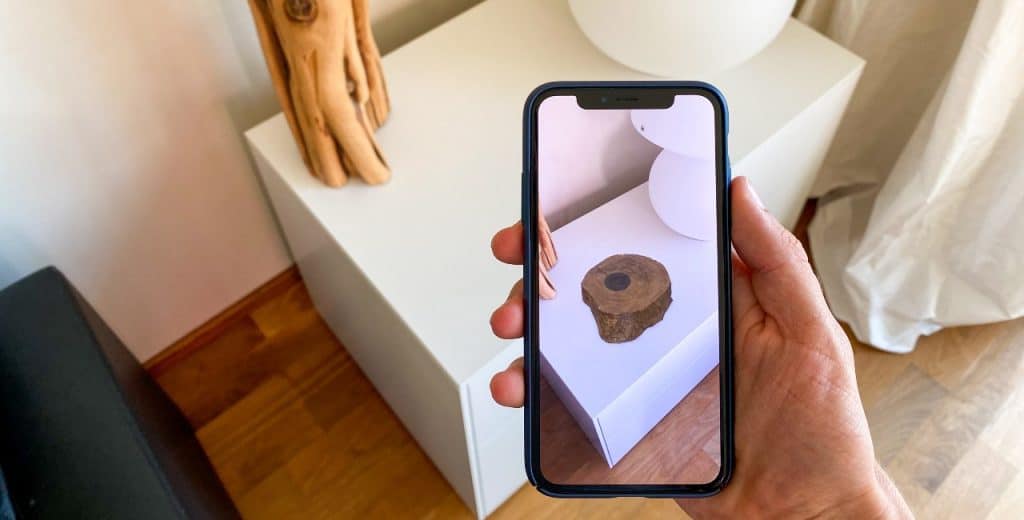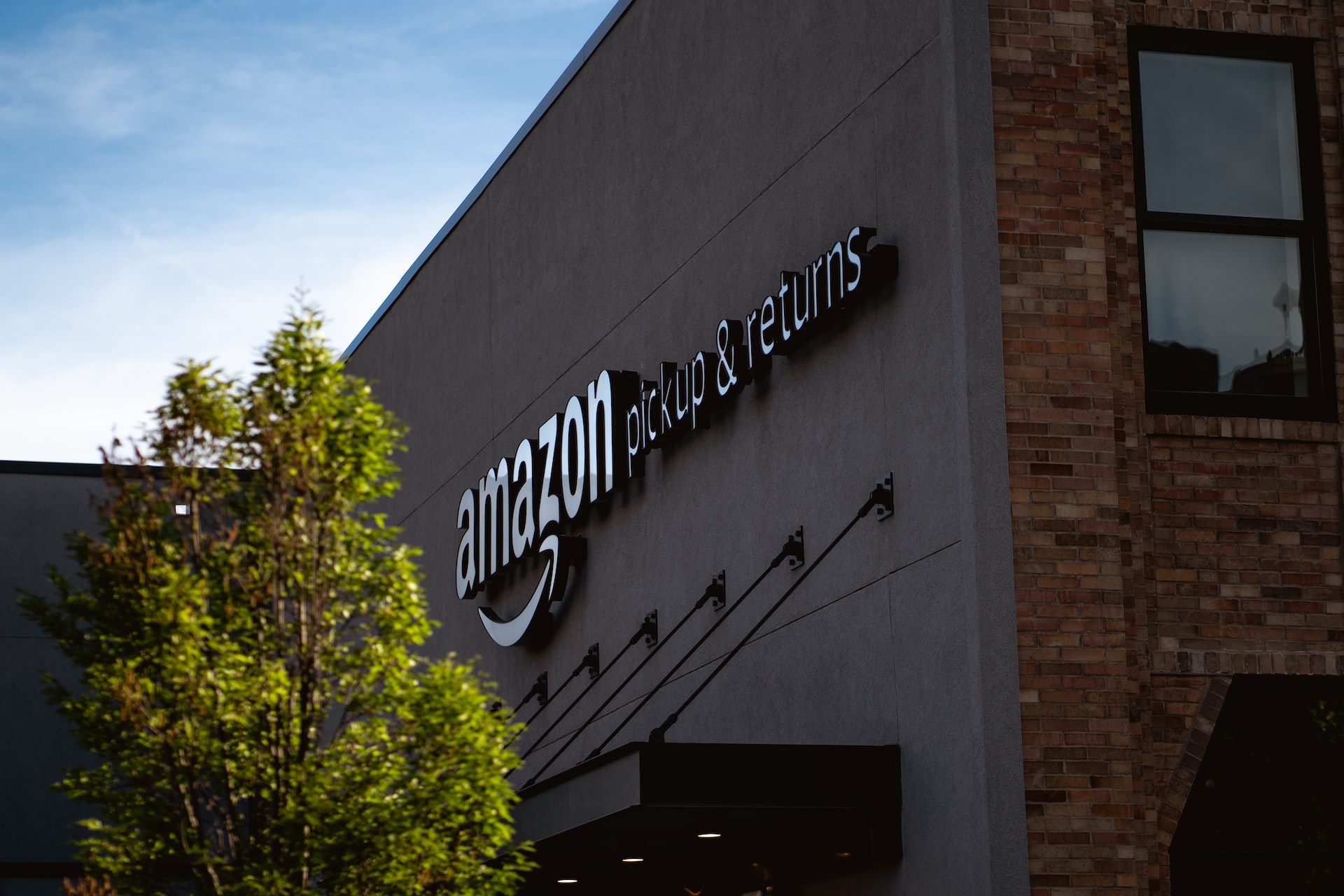The coronavirus has changed the way societies work in the present. However, this pandemic is also going to change the future. Technology, specifically, will face new developments — as well as some setbacks — while individuals across the world adapt to the new normal. From contactless interactions to e-commerce, these future predictions for technology show how COVID-19 will alter daily life:
1. Contactless Interactions
This pandemic has brought the need for social distancing to many countries around the world. This precaution requires avoiding contact with everyone outside of your immediate household. When traveling to essential businesses like grocery stores or banks, people must wear masks and gloves, all while staying at least six feet away from anyone else.
The coronavirus is still largely unpredictable — it could last until researchers find a vaccine. Due to this duration, technology will adapt to more contactless interactions. This change will look like more voice-activated interfaces than touch-based ones.
Some locations will go a step further and make processes completely autonomous — like Amazon Go’s cashier-less stores — with new technology. Forms of contactless payment like Apple Pay will become more popular as people will opt for touching as few surfaces as possible.
2. Elimination of Disinformation
Disinformation has become a global issue of its own. Disinformation and misinformation aren’t new concepts, especially surrounding politics and social issues. During this pandemic, disinformation has spread around the globe at an alarming rate.
Certain social media platforms serve as the origins of this spread. However, you’ll start seeing innovations that weed out false information, and the coronavirus is driving this change. Before COVID-19 hit the United States, Twitter was already working on new ways to fight misinformation by labeling it or removing it. Now, these tactics could be life-saving.
Central hubs for e-commerce, like Amazon, have removed misleading information stating certain products could prevent COVID-19. As this kind of monitoring improves, more people will start to see clarity on the facts.
3. Virtual Connections
Have you missed a meeting or conference? You’re not alone. Social distancing is a necessary step in preventing the spread of the virus. Due to self-isolation, though, people are unable to connect like they used to.
More and more, you’ll see technology stepping in to bridge these gaps. People are now working from home and using platforms like Zoom or Skype to hold conferences. Others are using FaceTime to maintain their lessons or workouts with their trainers.
Since the coronavirus’s duration is unpredictable, people will continue opting for virtual connections even after social distancing lets up.
4. Telemedicine
Though social distancing is saving lives, people will still need doctors and medical attention. Here, telemedicine is virtually connecting doctors and patients.
Telemedicine hasn’t been widespread until now. It involves a platform — whether an app, video chat or audio call — where healthcare providers can speak with, treat and monitor patients digitally. Telemedicine is now essential for individuals to receive the care they need.
This innovative concept will uphold this popularity in the future, even after the coronavirus passes. It will keep those who are susceptible to harmful illnesses safe in their home while receiving treatment.
Future predictions also suggest in-person medical visits will look different. For example, Miami has the world’s first COVID-conscious facility.
5. 5G on Pause
Though positive technological outcomes will emerge after the coronavirus, delays will occur as well. As one of the newest and most anticipated advancements in the tech industry, 5G is likely to face these obstacles.
Due to the impending economic issues, you may not be seeing 5G as soon as you thought. COVID-19 caused many tech workers to slow their 5G work. On top of that, conspiracy theories have emerged that link 5G to the coronavirus outbreak.
With the misinformation surrounding 5G and a potential economic recession on the horizon, 5G may not become standard as soon as experts had originally planned.
6. Increases in E-Commerce
Regular commerce has taken a hit from the outbreak. Since non-essential businesses had to shut down, individuals have turned to e-commerce as their primary source for shopping.
E-commerce isn’t a new idea, but it is going to become more popular. COVID-19 has hit smaller businesses the hardest. Going forward, you’re likely to see even the smallest companies and mom-and-pop shops creating online stores.
Though the coronavirus affects e-commerce, too, Americans are buying online faster than ever. As technology progresses, more and more shopping will be digital, and COVID-19 is propelling societies toward that future.
The Future After Coronavirus
Part of the reason these future predictions are solely predictions is due to the coronavirus’s unpredictability. Experts are still trying to get a handle on its trajectory. In many states, COVID-19 is just now peaking.
However, we do have notable things for which to look forward. As state governments eventually lift social distancing, the technological advancements will start taking off.
Recent Stories
Follow Us On
Get the latest tech stories and news in seconds!
Sign up for our newsletter below to receive updates about technology trends




